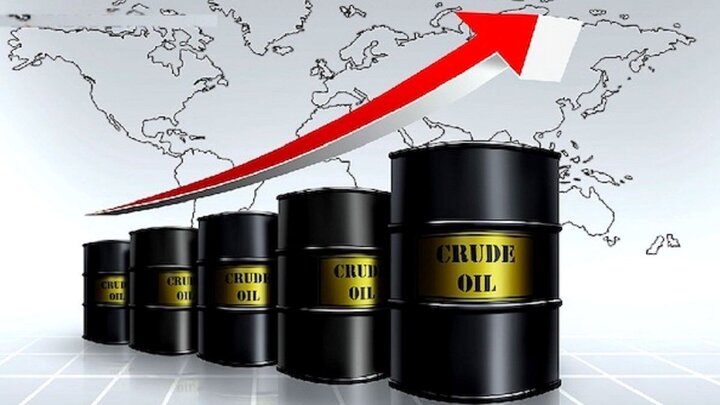The World Oil Market influenced by geopolitical tensions and supply and demand developments

reports
today, Tuesday, April 5, the price of WTI crude oil futures has risen by nearly 2 cents to $ 2 and 2 cents a barrel, the highest level in three weeks. At the same time, oil Brent also climbed to $ 2 and 2 cents a barrel with a traditional increase.
1. The impact of Trump’s trade threats: The US government’s decision to impose a 5 % tariff on imports from Venezuelan oil buyers from April 5 has been the most important factor in prices. This could disrupt the oil supply chain to key refineries in China, India, Spain and even the United States itself.
1. Energy Policy Modification: The contradictory decision of the US government to extend the deadline for Chevron (Chevron) to stop activities in Venezuela for up to 6 months .
1. Geopolitical developments: Promotion of Ukrainian and Russian ceasefire talks can lead to increased Russian oil exports if successful. On the other hand, OPCPlus’s decision to increase production from April has improved the vision of supply.
Petroleum Products Market
US heating oil prices rose 3.5 percent to $ 1.2 per gallon. Factors affecting the growth included a reduction in diesel fuel inventory by 4.3 million barrels in the week ending March 5, demand for cold and blizzard in the Middle Northwest states, and increased production costs due to tariffs on energy imports from Canada.
Market perspective
investors are looking to clarify the two key issues, the details and range of Trump’s mutual tariffs that will be identified next week and the real impact of OPCPS production on global supply and demand balance.
In the short term, key resistance to WTI is in the range of $ 2 and for Brent is in the short term. However, existing ambiguities about political developments can increase market fluctuations.
Experts also believe that the oil market will be influenced by two contradictory factors next week, one of the upward pressures caused by commercial constraints and the other downward factors including increased production and reserves. Therefore, this confrontation can lead to the stabilization of prices within the current range unless one of these factors overcomes.


